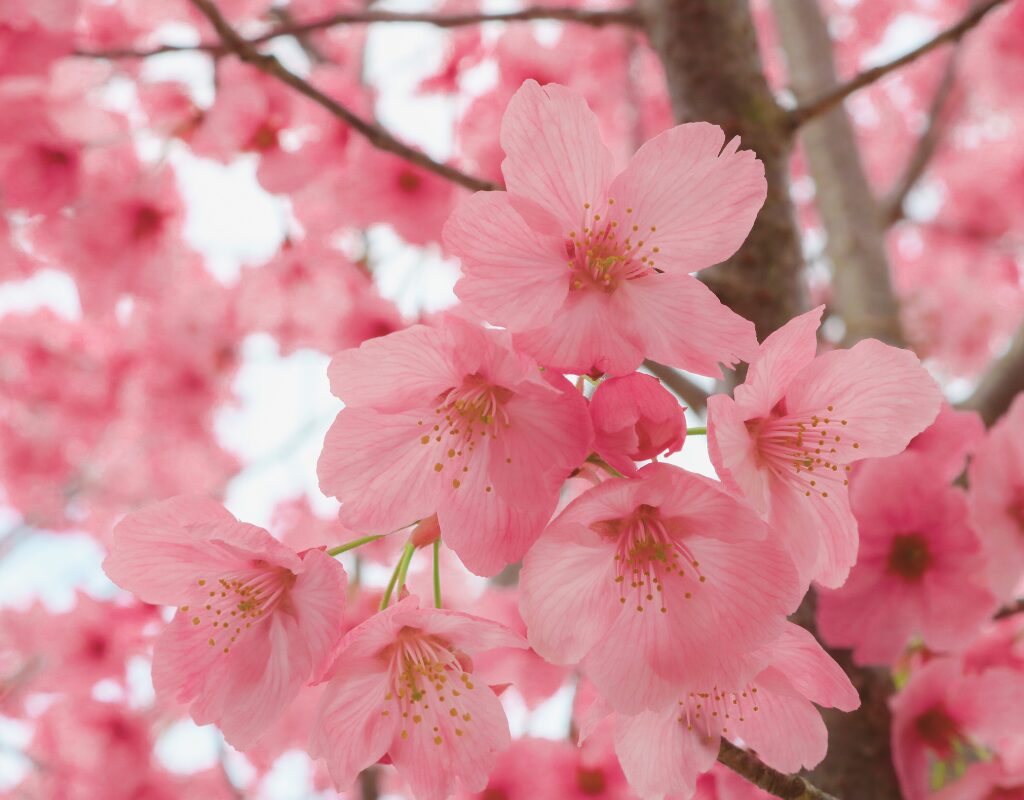In Japan, the entrance ceremony, or Nyūgaku-shiki (入学式), marks the start of a student’s school life. Held in early April, this formal event welcomes new students to elementary school, junior high, high school, or university.
Schools host the entrance ceremony in an auditorium or gymnasium, often with cherry blossoms in full bloom. Students and parents dress in formal attire, following long-standing traditions.
This guide covers the schedule, attire, customs, and cultural significance of Japan’s entrance ceremony.
For other aspects of Japanese culture, read below.
Table of Contents
Chapter 1: When and Where
Schools in Japan hold entrance ceremonies in early April, usually on a weekday. The date depends on whether the school is public or private and its district. In 2025, most entrance ceremonies for elementary and junior high schools will take place on April 7 (Monday) or April 8 (Tuesday).
Many universities also hold their entrance ceremony on April 1 or April 8.
Since the entrance ceremony happens during cherry blossom season, schools usually hold it in the auditorium or gymnasium.

Chapter 2: Ceremony Structure
Each entrance ceremony follows a similar agenda, though details may vary by school. A typical schedule includes:
Opening Remarks
Singing of the National Anthem
Speech by the Principal
Remarks from the Board of Education Representative
Greeting from the PTA President
Introduction of Homeroom Teachers
School Song Performance (by Current Students)
Closing Remarks
Since elementary school in Japan lasts six years, some schools include a speech from a sixth-grade student to welcome the new students.
After the entrance ceremony, first graders head to their classroom, meet their homeroom teacher, and greet their new classmates.
For more details on Japan’s school system, please see the article below.

Chapter 3: Traditional Attire
For the entrance ceremony, students wear different outfits depending on their school. Private schools and most junior high schools require a school uniform. However, in public elementary schools, families choose formal attire since no uniform exists.
Boys usually wear a jacket with shorts or long pants, while girls choose a jacket with a dress or skirt. Many select colors like navy, white, or gray to keep the look elegant yet modest.
Parents also dress formally. Fathers wear a suit, and mothers choose a navy, beige, or gray dress or suit. Some mothers wear a kimono for this special occasion.

Chapter 4: Gifts and Customs
Several customs surround the entrance ceremony, with families and relatives preparing meaningful gifts to celebrate this milestone.
- Randoseru (School Backpack) – Many parents or grandparents buy a randoseru, a sturdy leather backpack, for a child’s first year of elementary school. In the past, boys typically chose black, while girls picked red, but today, children select their favorite colors. A randoseru costs around 60,000 yen on average and is designed to last for six years.
- Desk and Study Supplies – Families often buy a desk, chair, and lamp to create a study space at home. Parents also prepare stationery, workbooks, and other school supplies for the new school year.
- Commemorative Photos – Families take photos under cherry blossom trees or in front of the school entrance to capture this special moment. Many also visit professional photo studios that offer entrance ceremony photoshoots.
- Gifts from Relatives – To celebrate the child’s school entrance, grandparents and close relatives often give money (nyugaku-iwai) or small gifts like name-stamped pencils and personalized school goods. Many grandparents also gift a randoseru to their grandchildren.
To explore more about Japanese culture, including its traditions, festivals, and unique customs, check out our other articles.



